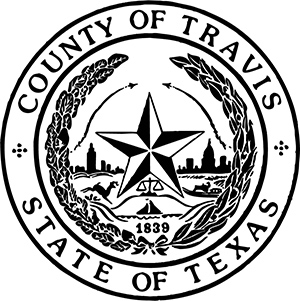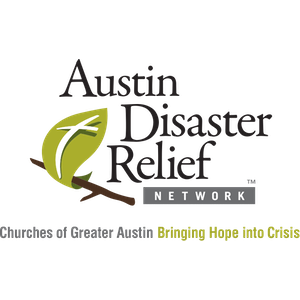Travis County Amateur Radio Emergency Service (TCARES) is located within District 7 of the South Texas ARES Section of the West Gulf Division of the ARRL. It has been serving Travis County Texas and other agencies within the county since 1972. Our mission is to provide reliable, resilient, and professional emergency communications support to public safety agencies, hospitals, non-profit relief organizations, and our communities during times of disaster or crisis. Our trained and dedicated volunteer amateur radio operators serve as a critical backup communications network when traditional systems are disrupted or overwhelmed.
Our members include industry experts in Engineering, Radio Communications, Emergency Management, Information Technology, Architecture, Counseling, and Disaster Response (and many others) and we are committed to:
- Supporting Travis County and surrounding communities during natural and human-made emergencies, including floods, wildfires, severe storms, extreme heat events, hazardous material incidents, critical infrastructure monitoring, and infrastructure failures.
- Maintaining a high state of operational readiness through regular training, drills, and coordination with emergency management partners.
- Promoting public service and community resilience by ensuring the availability of robust, decentralized communications infrastructure.
- Operating in accordance with the principles and guidelines of the ARRL ARES program, while adapting to the specific needs and risks of Travis County.
- To further promote ham radio and emergency preparedness.
Through proactive planning, technical expertise, and a spirit of volunteerism, Travis County ARES follows our Operational Priorities and stands ready to assist in preserving life, property, and public safety “When All Else Fails”.
Monthly Meetings
Our meetings are held the 4th Tuesday of the month (in person and via Zoom). Please join our mailing list for an invite.
Weekly Voice Nets
We hold a weekly net each week, check out our Voice Net page for details and information.
Primary Agencies

Travis County ARES provides vital auxiliary communications support to the Travis County Office of Emergency Management (OEM), especially during large-scale incidents where traditional communication systems may be compromised or overloaded. Our volunteers staff the Emergency Operations Center (EOC) during activations and participate in drills to maintain operational readiness. We assist in relaying situational awareness, resource requests, and logistical coordination among county departments and shelters. In the event of disasters like flooding, wildfires, or infrastructure failure, ARES ensures redundant communications that support public safety and emergency response efforts.

Travis County ARES partners with the American Red Cross to support shelter operations and disaster response by providing reliable radio communications between shelters, field teams, and Red Cross command centers when conventional systems are unavailable. We assist in the coordination of supplies, staff, and transportation, and help maintain accountability and situational updates across impacted areas. Our team is trained to work closely with Red Cross personnel, ensuring we seamlessly integrate into their disaster operations framework during activations for events such as apartment fires, severe weather outbreaks, and mass displacement scenarios.

As part of the SKYWARN program, Travis County ARES works with the National Weather Service to provide real-time, ground-level weather observations during severe weather events, such as thunderstorms, tornadoes, hailstorms, and flash floods. Our trained weather spotters relay critical reports via amateur radio to help NWS meteorologists issue accurate and timely warnings to the public. These observations play a crucial role in protecting life and property, especially in fast-developing severe weather situations where radar coverage alone may not provide sufficient detail.
Other Agencies

TCARES supports ARCHES by providing emergency communications links between area hospitals, clinics, and public health authorities during infrastructure outages or disaster scenarios. Our licensed operators deploy to designated medical facilities to relay essential messages regarding patient transfers, supply needs, staffing, and situational updates when normal communication systems are degraded or offline. Through routine drills and ongoing coordination, we ensure that the 15 area hospitals maintain continuity of operations during emergencies such as power grid failures, cyberattacks, mass casualty incidents, or regional disasters.

TCARES supports the Austin Disaster Relief Network (ADRN) by providing resilient emergency communications during disaster response and recovery operations. In events where commercial communication systems are overwhelmed or disrupted, ARES volunteers establish and maintain radio links between ADRN’s command centers, relief sites, volunteer teams, and shelters. We help facilitate situational updates, resource coordination, and communication between partner agencies to ensure efficient delivery of aid and services. By integrating with ADRN’s mission to bring hope into crisis, our amateur radio operators enhance the organization’s ability to respond rapidly and effectively to disasters impacting the greater Austin area.
Want to Partner?
If you are interested in having TCARES experts work alongside your community, non-profit organization, or business. We would love to hear from you, and how we can help.
